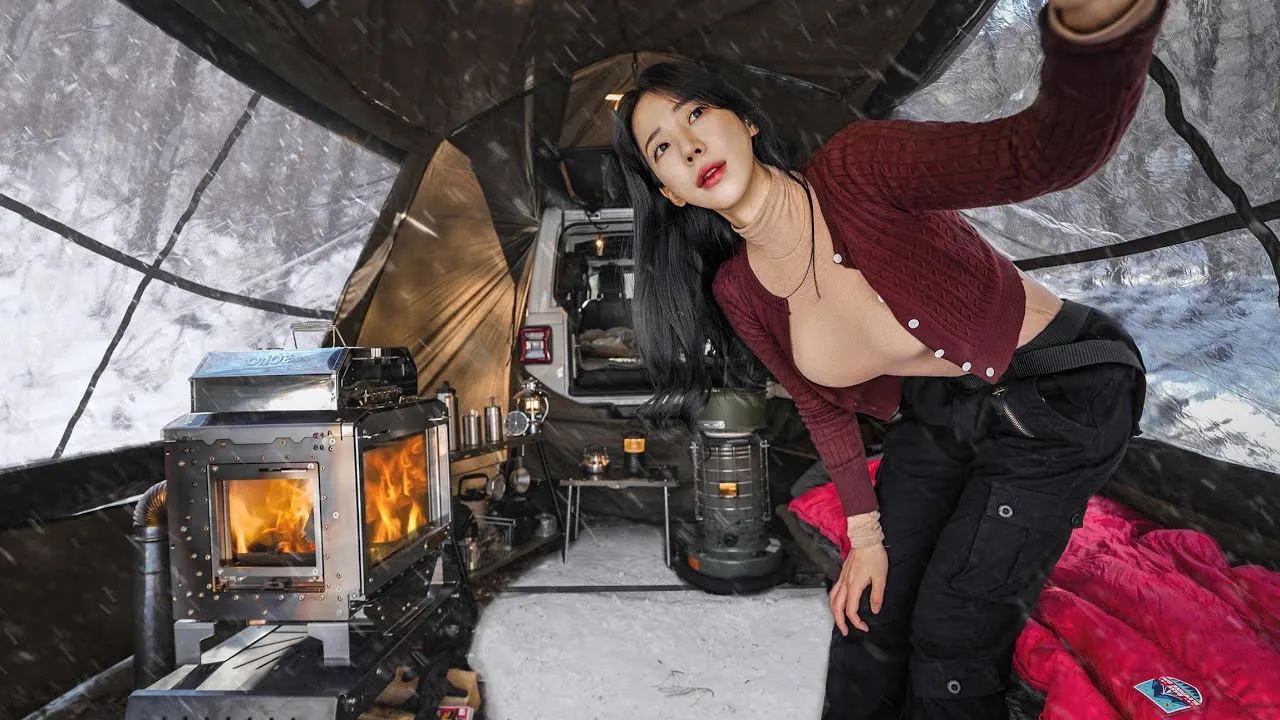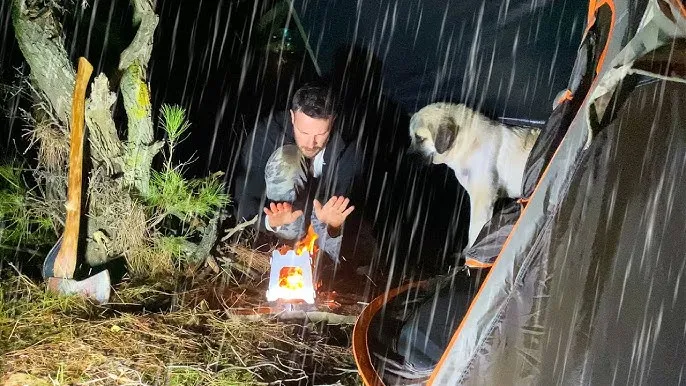Camping in the snow is an adventure that many thrill-seekers and nature lovers dream of. The idea of spending a night under a sky full of stars, surrounded by snow-covered landscapes, is a unique experience that offers both challenges and rewards. Whether you are a seasoned camper or a first-timer, snow camping requires preparation, resilience, and an appreciation for the beauty of winter.
The first thing to consider when planning a snow camping trip is the location. Snow-covered mountains, forests, or national parks offer stunning scenery and a sense of tranquility that is hard to find elsewhere. However, these areas can be harsh and unforgiving, especially in the winter months. It is essential to research the weather forecast and choose a campsite that is safe and accessible. This will help you avoid potential hazards like avalanches or severe storms.
Once you arrive at your campsite, setting up a proper shelter is the next priority. In snowy conditions, a four-season tent is highly recommended. These tents are specifically designed to withstand the weight of snow and the strong winds that often accompany winter weather. It’s also important to insulate the ground where you plan to sleep. A thick sleeping pad or insulated ground sheet will help protect you from the cold that seeps from the snow beneath you. If you're camping with a group, consider setting up a communal tent to cook and spend time together.

Building a campfire is a great way to stay warm and enjoy the outdoors in the winter, but it requires extra effort. The snow can make gathering firewood more difficult, and you need to be cautious of the cold wind that can easily extinguish the flames. It's crucial to bring fire starters, dry kindling, and matches in a waterproof container. A fire can provide not only warmth but also a comforting light in the dark, snowy night.
In addition to staying warm, staying dry is another key factor in snow camping. Snow and moisture can quickly lead to frostbite or hypothermia if your clothes become wet. It’s important to wear moisture-wicking layers, waterproof boots, and insulated gloves. Always pack extra layers of clothing to change into in case your gear gets wet. A good quality winter jacket, hat, and scarf are essential to keep your body heat from escaping.

Despite the challenges, camping in the snow offers unique opportunities to connect with nature. The stillness of a snowy landscape is unlike anything else. The air is crisp and fresh, and the silence is broken only by the crunch of snow beneath your boots. During the day, you can explore the area, go snowshoeing or cross-country skiing, and marvel at the beauty of snow-covered trees and frozen lakes. At night, the clear sky is perfect for stargazing, and the absence of light pollution allows for a spectacular view of the stars.

Snow camping also provides an opportunity to disconnect from the fast-paced world and embrace the simplicity of life in nature. It’s a chance to test your survival skills, work as a team with fellow campers, and push your limits. Whether you’re building a snow shelter, gathering firewood, or simply enjoying the quiet, snow camping is an experience that will leave you with lasting memories.
In conclusion, while camping in the snow may seem daunting, it can be one of the most rewarding outdoor experiences. By preparing adequately, staying safe, and embracing the challenges of the winter wilderness, you can create unforgettable memories that will last a lifetime. So, pack your gear, embrace the cold, and get ready for an adventure like no other.




